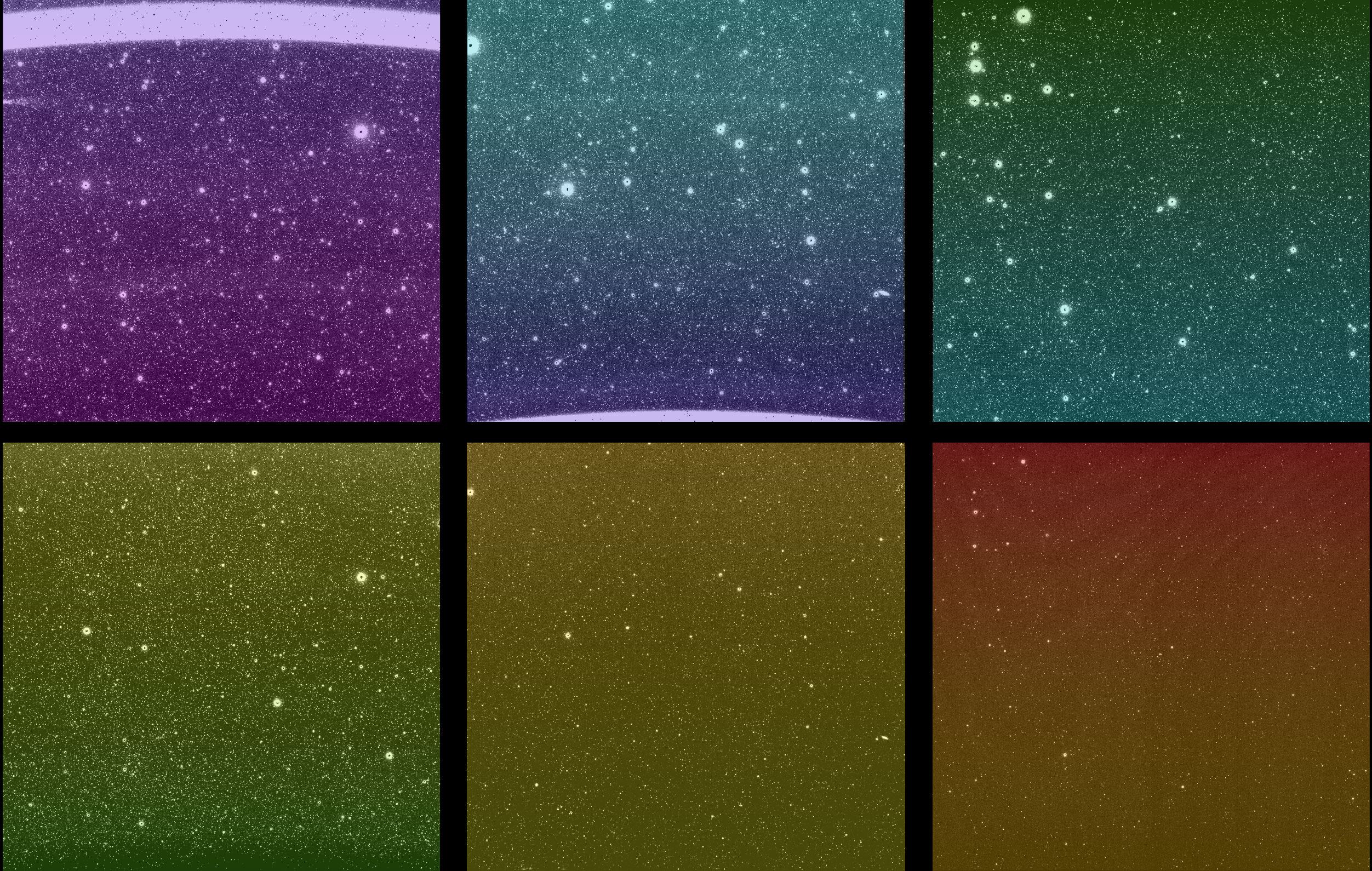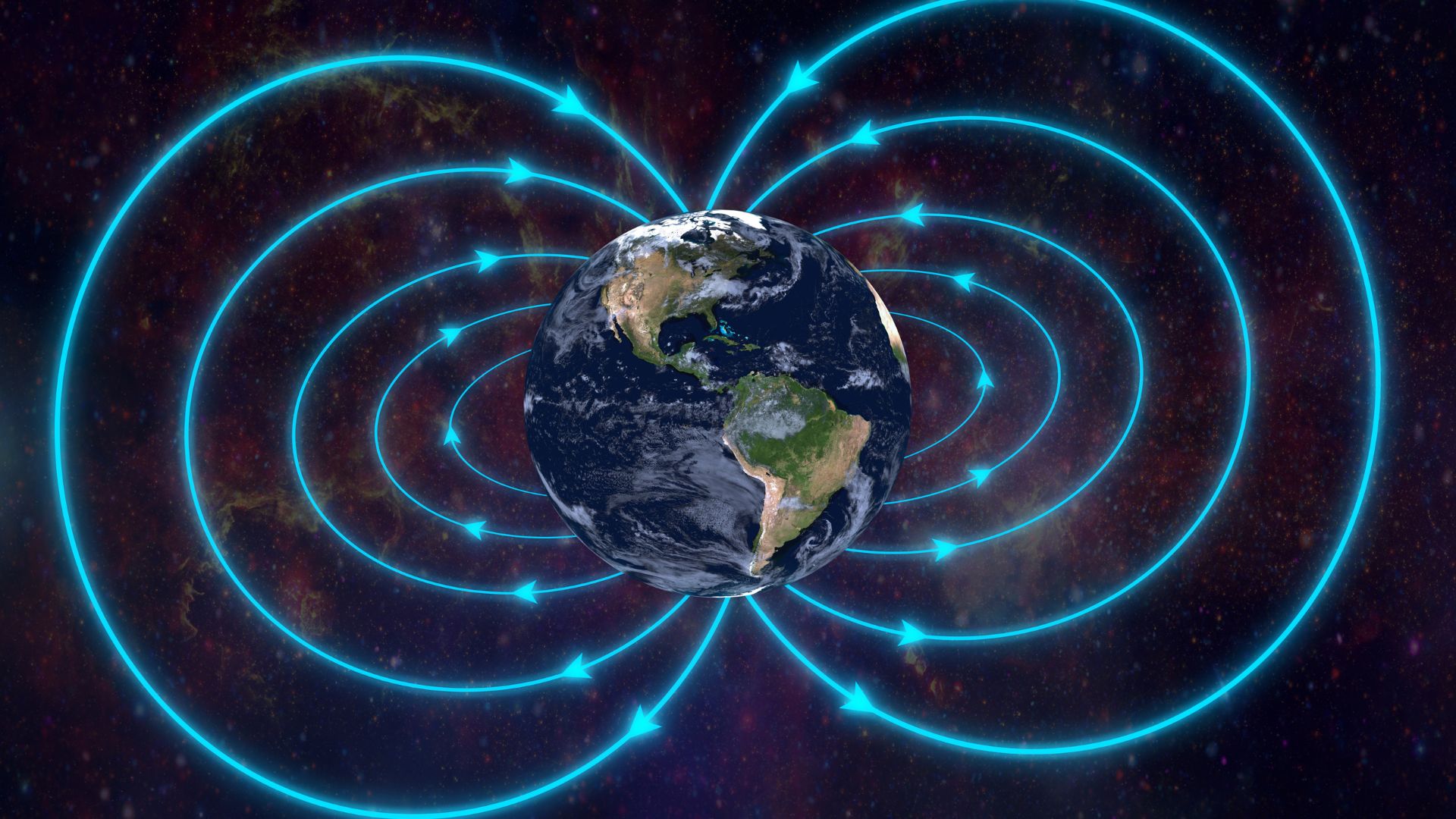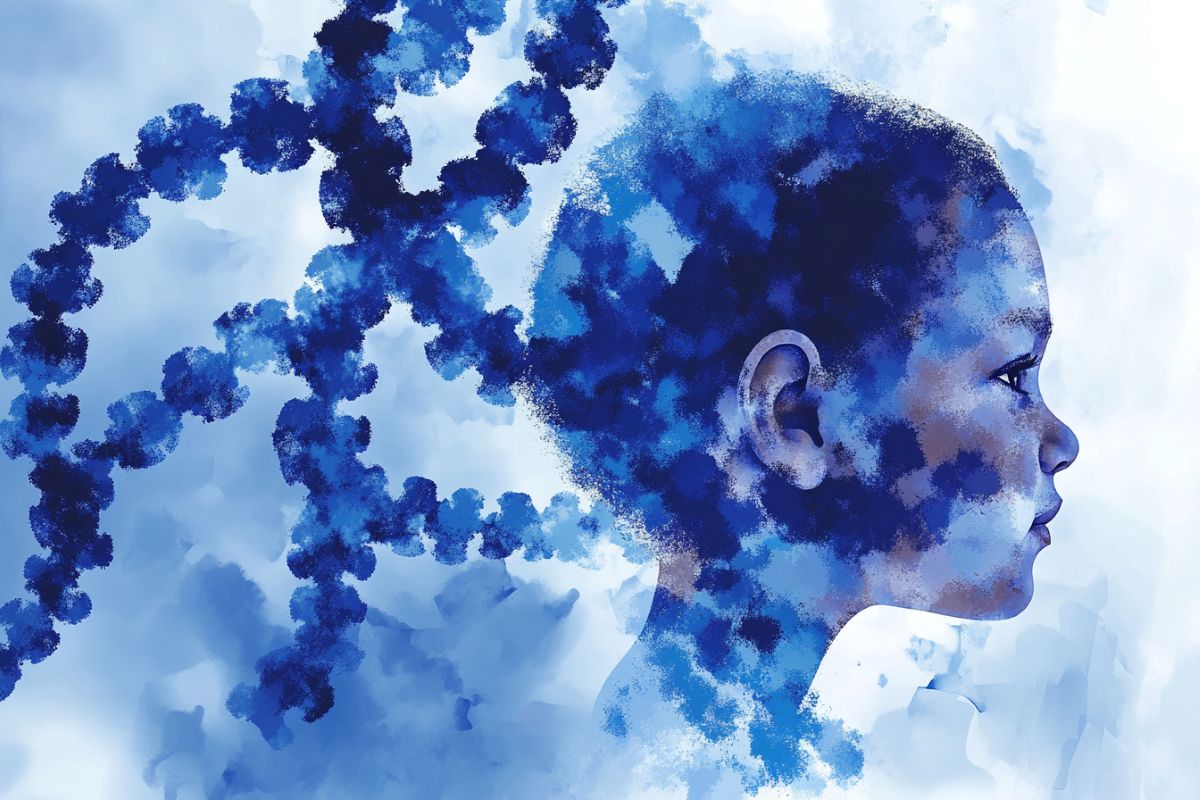When astronaut Bruce McCandless II took the Manned Maneuvering Unit (MMU) out of the space shuttle Challenger’s payload bay for the first time on February 7, 1984, it marked a significant moment. While prior spacewalkers had remained connected to the vehicle with tethers, McCandless was now using a self-propelled and untethered backpack in space. This innovation allowed crews to move outside of the cargo bay and perform activities away from the safety of the spacecraft. As McCandless ventured out, he reassured his wife and the flight controllers in Mission Control by likening the experience to Neil Armstrong’s historic first steps on the Moon in 1969: “It may have been one small step for Neil,” he proclaimed, “but it’s a heck of a big leap for me.”

Bruce McCandless II
NASA Astronaut
The MMU was the highlight of the STS-41B mission, evident from the stunning mission photographs that graced the cover of Aviation Week & Space Technology three times. The photograph featured on the February 20, 1984, issue of the magazine was shot by “Hoot” Gibson, the flight’s pilot, from the crew cabin. Gibson, having nothing else to do as McCandless made his way into space, picked up a Hasselblad camera to document the events. He meticulously adjusted the camera settings, ensuring the focus and lighting were optimal despite the challenges presented by the spacecraft’s position. The resulting image became one of NASA’s most iconic and requested images. McCandless described the photograph as “beautiful,” as the sun was shining directly on him, giving the illusion of a glowing figure. The image, with McCandless’ closed helmet visor making it hard to identify him, inspired people to imagine themselves in the same scenario, as showcased by the life-sized cardboard versions with cut-out visors at visitor centers. It also captured the imagination of United States Senator John McCain, who believed the photo “inspired generations of Americans to believe that there is no limit to the human potential.”
Another image, albeit less recognized, appeared on the cover of Aviation Week & Space Technology the following week: February 27, 1984. This image, also taken by Gibson, featured McCandless on the Manipulator Foot Restraint or “cherry picker” device at the end of the Remote Manipulator System (RMS). The restraint was a platform where spacewalkers could work outside the vehicle but remain anchored at the end of the RMS to repair a satellite or engage in other activities. It marked the first test of the new apparatus. Gibson’s deliberate choice of positioning McCandless and the orbiter’s rudder in the image composition resulted in a truly captivating photo.
A third image from the mission appeared on the March 12, 1984, cover of the magazine. The photograph, taken by a fixed camera on McCandless’s helmet, captured Challenger in its entirety, including the payload bay with the Shuttle Pallet Satellite and astronaut Robert Stewart standing just beneath the spacecraft’s RMS.
These photographs from STS-41B, from the tenth flight of the space shuttle, exemplify the captivating and exciting nature of shuttle missions. While space travel became more routine in the 1980s, the STS-41B photos served as a reminder of the spectacular nature of the first MMU flight, demonstrating that human spaceflight remained just as captivating, breathtaking, and inspiring as it had always been.













